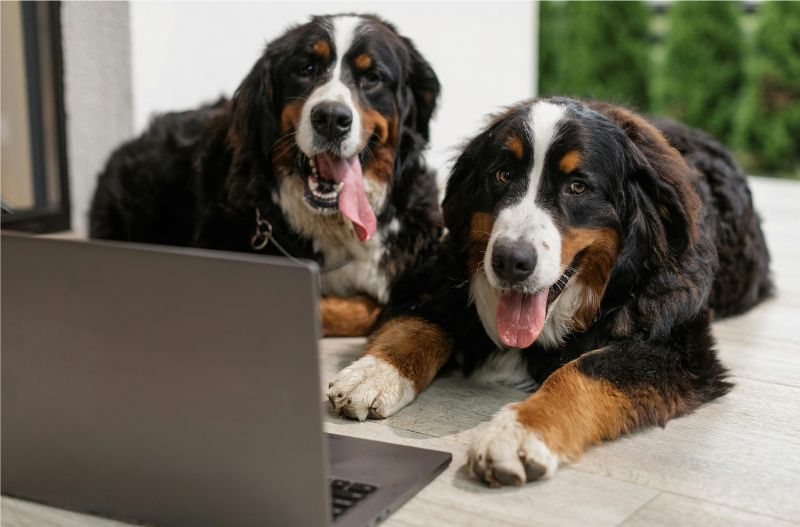You love your pet like family—and just like with family, you want to keep them healthy, happy, and pain-free for as long as possible. One of the most overlooked yet essential ways to do that? Taking care of their teeth. Whether you’ve got a bouncy pup or a laid-back kitty, dental care matters more than you might think.
The Secret to a Healthier, Happier Pet? Dental Care.
Justine, a proud cat mom to Cappuccino and Mistral, remembers asking her vet a crucial question: "How do I prevent dental problems in my cats?" The answer was simple—but surprising: Brush their teeth.
Sound intense? Maybe. But with the right tools and a little patience, brushing your dog’s or cat’s teeth daily can save you hundreds in vet bills and spare your pet from painful issues like tooth loss or infections.
3 Common Dental Problems in Pets
- Fractured Teeth – Often caused by chewing on hard toys or bones.
- Tooth Resorption (especially in cats) – Painful gum overgrowth that “eats” the tooth.
- Periodontal Disease – The most common issue, caused by plaque buildup turning into tartar. If untreated, it leads to gum damage and tooth loss.
And here’s the kicker: pets are masters at hiding pain. Your dog might still chase the ball and your cat may purr like nothing’s wrong—even with a serious dental issue.
Brushing: Easier Than You Think, and Totally Worth It
Start small. Use a pet-specific toothbrush with soft bristles and animal-safe toothpaste (they come in fun flavors like chicken or beef!). Focus on making the experience positive, not perfect.
Even just a few gentle strokes across the teeth each day can make a world of difference. Over time, this simple habit becomes a bonding moment—and the most cost-effective way to maintain your pet’s dental health.
Training Your Pet to Accept Tooth Brushing
Yes, even cats can learn to tolerate brushing! Start with rewards, gentle touches, and patience. Let them sniff and lick the brush before using it. Gradually increase your routine—slow and steady wins here.
Do Dental Treats and Chew Toys Work?
They can help—but choose wisely. Look for the VOHC seal (Veterinary Oral Health Council), which guarantees the product’s effectiveness in reducing plaque or tartar.
Beware of hard chew toys (like antlers or bones) that can crack teeth. And skip tennis balls—they’re surprisingly abrasive and wear down enamel over time.
Why Professional Cleanings Still Matter
Even with great at-home care, your pet still needs annual dental cleanings under anesthesia. These cleanings let vets check for hidden problems like abscesses or malformed teeth using X-rays.
Costs vary—averaging around $650/year for cats and even more for large dogs. It’s an investment, but one that protects your pet’s long-term health.
When to Call the Vet
Watch for warning signs: bad breath, drooling, bleeding gums, or loss of appetite. Dental issues can sometimes signal deeper health problems, like diabetes or kidney disease.
If in doubt, book an exam. Don’t wait.
Final Woof (or Meow)
Dog and cat dental care doesn’t have to be complicated. With daily brushing, smart product choices, and regular vet visits, you can protect your pet from pain and costly procedures—and give them a healthier, happier life.
Because your best friend deserves the best smile.



